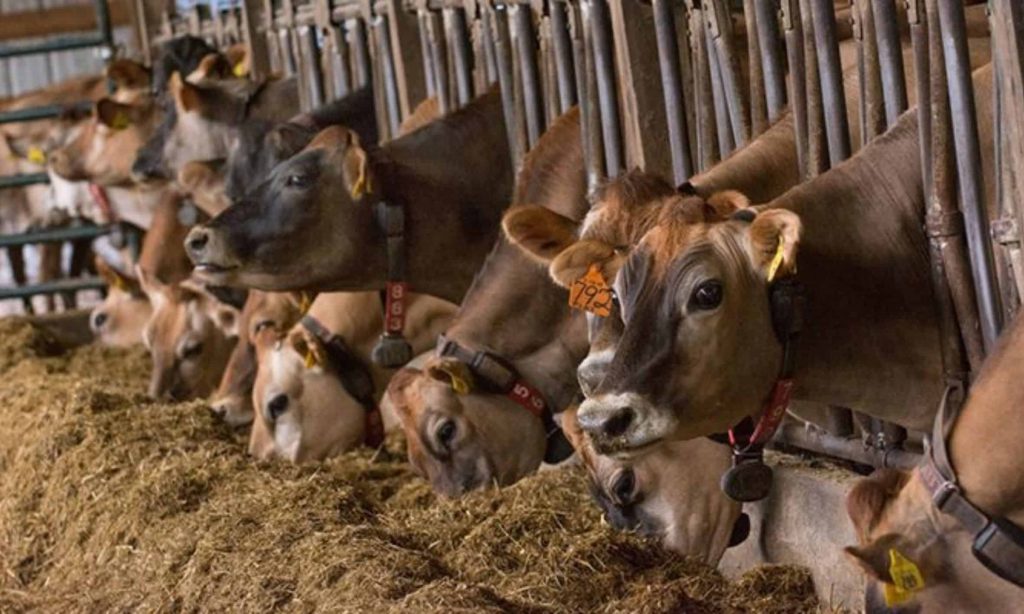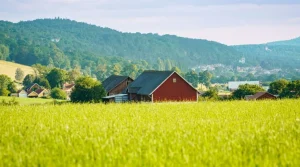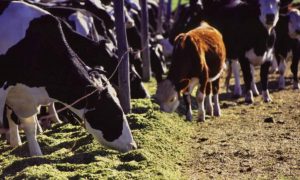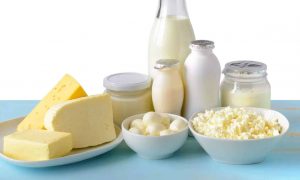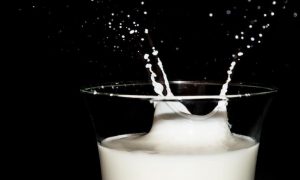
It’s basically a win-win-win; my kids are getting high-quality nutrients and supporting local farmers who prioritize animal and environmental care.
In fact, a new report shows dairy farms are more sustainable than ever.
Compared to 2007, the North American dairy industry produces the same amount of milk with 930,000 fewer cows.
But wait… there’s more…
With the adoption of new technology in the last 15 years, the dairy industry has:
- Saved 112 billion pounds of feed, enough to fill 3,200 NFL stadiums.
- Reduced greenhouse gas emissions equivalent to taking 4 million cars off the road.
- Used 2 million fewer acres for cropland—roughly the size of Maryland.
- Saved enough water to supply New York City for two years.
But how are they doing it?
To learn more, I connected with Joan Maxwell, a dairy farmer in Scott County. Here are my key takeaways:
Innovative technology is driving dairy sustainability.
On Joan’s dairy farm, they use a robotic milking system, allowing cows to leisurely meander to the robot when they would like to be milked—and enjoy a treat while they do.
During milking, artificial intelligence can measure, upload and analyze more than 120 points of data for every single cow. (Holy cow, indeed!)
Within 24 hours, these data points allow Joan to determine if an individual cow’s diet needs to be adjusted.
This dietary precision helps maintain a cow’s wellness without wasting feed resources. The animal gets exactly what she needs at each stage of her life, which optimizes her health and milk production.
Dairy farmers are using data-driven approaches to better understand each animal.
Not only can technology record information helpful to a cow’s diet, but it can help farmers like Joan understand when cows should be milked.
For some cows, it is better if they go longer between milking times while others can come at shorter intervals. A collar—much like a Fitbit—on each cow tracks this information.
Each of Joan’s dairy cows also undergoes genomic testing. By understanding all her animals’ genes and how they interact with one another, she can better understand their unique traits. This results in healthier animals that can produce more efficiently, which is why less cows are needed today than in the past.
Technology in farming not only benefits animals—but consumers of dairy products.
Technology on the farm promotes health and comfort for dairy cows. In Joan’s words, “We do not want the cows to have a bad day.”
And that is the expectation of today’s consumer, too.
You want to know you’re putting something healthy in your body. You have questions on how your food is raised and want your purchase to make a positive environmental impact. These are valid decision-making points.
What you may find surprising about dairy cows is they aid in waste reduction. Take cotton for example.
While it is used to make clothes, not all parts of the plant can go toward creating fiber. These extra plant parts—like cotton seed—can be upcycled into a protein source for Joan’s dairy cows. This eliminates waste that would otherwise end up in a landfill and reduces greenhouse gas emissions.
Dairy foods also continue to be a source of the natural vitamins and minerals our bodies need—ones you cannot find naturally in plant-based options.
It checks all the boxes, and thanks to innovation and dairy farmers like Joan who are willing to adopt it, the industry will continue to push forward to not only meet consumer standards—but exceed them.
